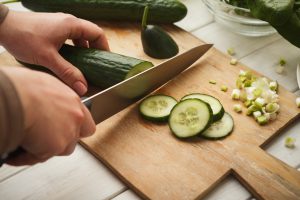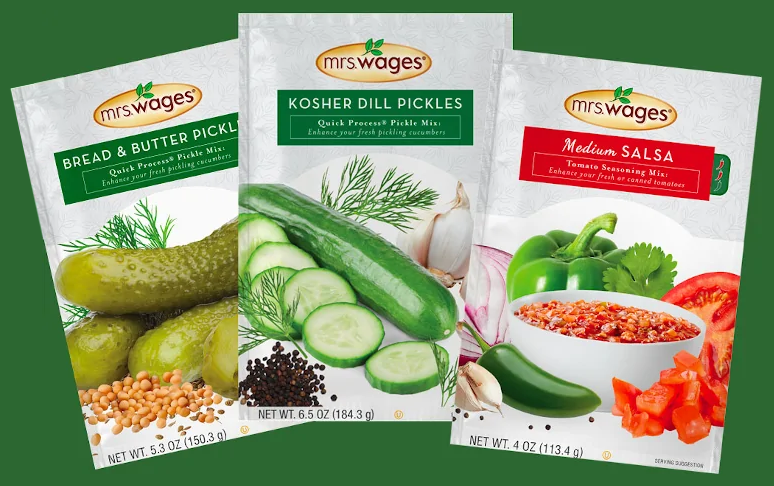Tips For Home Canning Low Acid Foods

Home canning is an exciting hobby, but before you start on your journey to preserving foods and fresh produce on your own, you need to know how to do it correctly.
When it comes to low acid foods with a pH of 4.6 or above, pressure canning is the safest method. This is because low acid foods aren’t appropriately processed during water bath canning and so the spores of Clostridium botulinum bacteria survive boiling water.
These spores later grow in the sealed jars of water bath-canned low acid foods and produce a deadly toxin.
This is why low acid foods must always be pressure canned to eradicate the spores while canning the low acid fruits and vegetables.
But pressure canning can be an intimidating process for the uninitiated. That’s why we bring you these tips to help you maintain the quality of canned low acid foods.
Get A Good Quality Pressure Canner
Start by selecting an appropriate pressure canner with reliable build specs to ensure your safety and that of your food during the canning process.
Also, make sure that it is the right size for holding at least four quart jars and solely made for pressure canning.
While selecting the pressure canner, make sure that all its parts are working correctly. Inspect the rubber gasket and ensure that it’s soft and flexible. If you are using a dial gauge pressure canner, get it calibrated by a professional every year.
It may be a good idea to buy a brand new, modern pressure canner. These canners are safe to handle as they come with a pressure fuse that releases the pressure whenever it reaches a dangerous level inside the canner.
Process Low Acid Foods At 240-250 OF
The spores of Clostridium Botulinum can survive in boiling water until 212oF. With pressure canning, you need to maintain high temperatures of 240-250oF. But to attain these high temperatures, you need a pressure canner that operates at 10-15 psi.
Know that the speed at which your canner heats up might vary according to the kind of food you are canning, the size of jars, and how they are packed in the pressure canner.
Allow The Canner To Vent Once Pressure Builds Up
Once you have started the process and the pressure builds up inside the canner, it will begin to release it through the vent pipe while maintaining the high heat. You need to allow the venting process for 10 minutes to ensure that all air is removed from the jars as well as the canner. Then place the counterweight or weighted gauge on the vent pipe.
Let The Canner Depressurize On Its Own
When the canning time is up, stop the process, get it off the stove and let the canner to release the pressure on its own.
Do not speed up the depressurization process by running cold water on the canner or opening the vent to release the pressure quickly. Forced cooling can result in the warping of the canner lid, liquid leakage from the jars, and ultimately food spoilage.
Conclusion
If you are new to the entire home canning process, the tips mentioned above can be of great help to you.
To ensure that you have the right equipment, and updated information on low acid food preservation, visit Mrs. Wages today.
Enjoy home canning!


